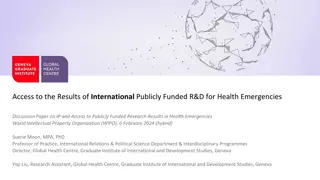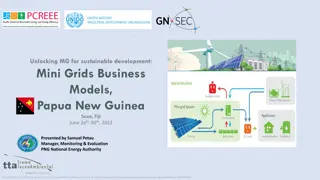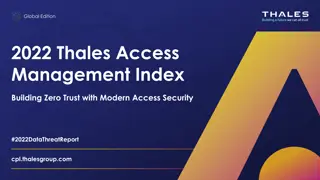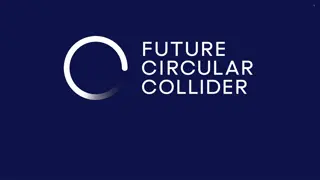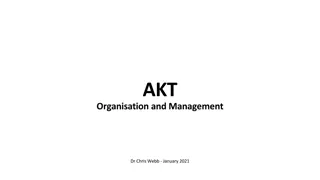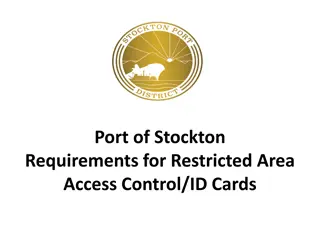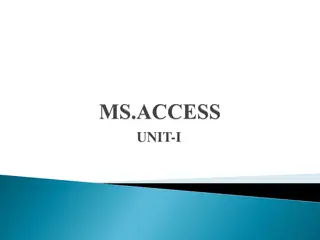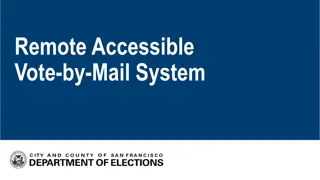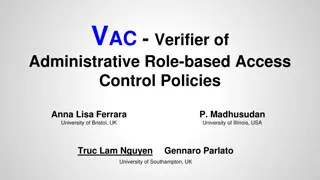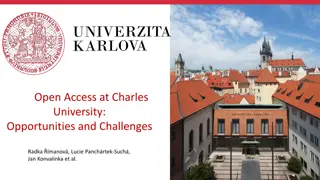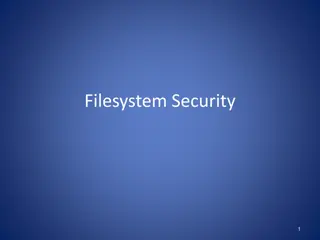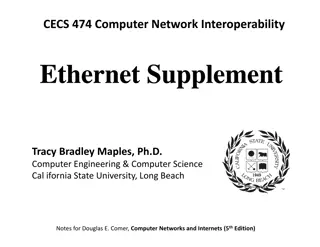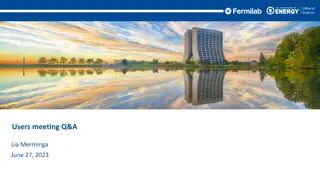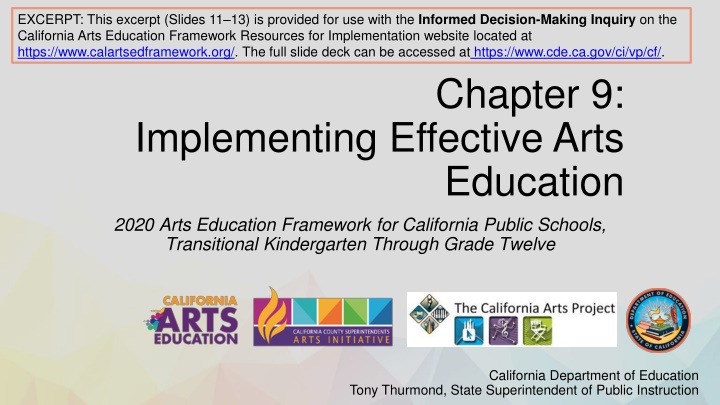
Implementing Effective Arts Education Strategies in California Public Schools
Explore the California Arts Education Framework for TK-12 schools, emphasizing the importance of sequential arts learning from elementary to high school. Learn about building a foundation in artistic literacy, creative thinking, and specialized arts disciplines. Discover steps to ensure equitable access to arts education, including establishing standards-based programs, removing barriers, and expanding arts education offerings. Dive into the elements of successful feeder patterns, involving educators, district support, principal communication, teacher engagement, and parent involvement.
Download Presentation

Please find below an Image/Link to download the presentation.
The content on the website is provided AS IS for your information and personal use only. It may not be sold, licensed, or shared on other websites without obtaining consent from the author. If you encounter any issues during the download, it is possible that the publisher has removed the file from their server.
You are allowed to download the files provided on this website for personal or commercial use, subject to the condition that they are used lawfully. All files are the property of their respective owners.
The content on the website is provided AS IS for your information and personal use only. It may not be sold, licensed, or shared on other websites without obtaining consent from the author.
E N D
Presentation Transcript
EXCERPT: This excerpt (Slides 1113) is provided for use with the Informed Decision-Making Inquiry on the California Arts Education Framework Resources for Implementation website located at https://www.calartsedframework.org/. The full slide deck can be accessed at https://www.cde.ca.gov/ci/vp/cf/. Chapter 9: Implementing Effective Arts Education 2020 Arts Education Framework for California Public Schools, Transitional Kindergarten Through Grade Twelve California Department of Education Tony Thurmond, State Superintendent of Public Instruction
A Comprehensive TK12 Arts Education ELEMENTARY SCHOOL Learning in elementary school builds a foundation for basic artistic literacy, creative thinking, exploration, and artistic processes needed for middle and high school. MIDDLE SCHOOL HIGH SCHOOL Studies in each arts discipline continue with specialization in one or more arts disciplines. Exploration remains critical as students increase and refine their artistic knowledge and skills. Instruction may be daily throughout the year, or through multiple, shorter courses. At the high school level, students continue in-depth study in one or more arts disciplines and preparation to study in an arts discipline after high school. Specialized opportunities for arts learning, through programs such as Advanced Placement, International Baccalaureate, and concentrated arts pathways, provide additional preparation for students seeking postsecondary arts learning or career entry 2
Steps to Ensure Equitable Access to Sequential Arts Learning 1. Establish well-articulated standards-based arts education districtwide and develop supportive feeder patterns between school levels. 2. Identify gaps and remove existing barriers to participation. 3. Take local context into account and identify an appropriate model or approach. 4. Revise existing programs and expand or add new arts education programs. 3
Elements of Successful Feeder Patterns TK12 Educators examine the standards to agree on a vision of what graduates should know and be able to do in the arts. District supports required staffing, provides equipment and supplies to champion the vision, and ensures coordination among schools. Principals and counselors communicate to ensure the prioritization of arts education within the master schedule and recruit students for programs. Teachers in each arts discipline engage in vertical communication to support standards-based expectations and feeder patterns. District/school communicates with parents about the value of arts education, the programs available to students, and the importance of sequential study. 4

